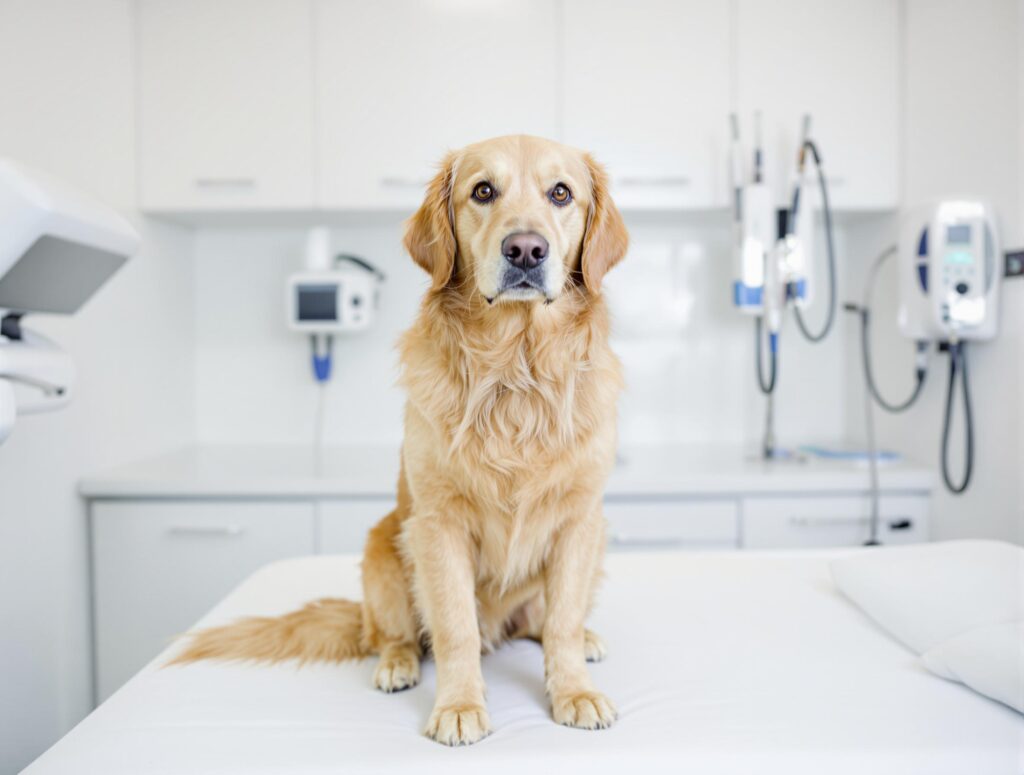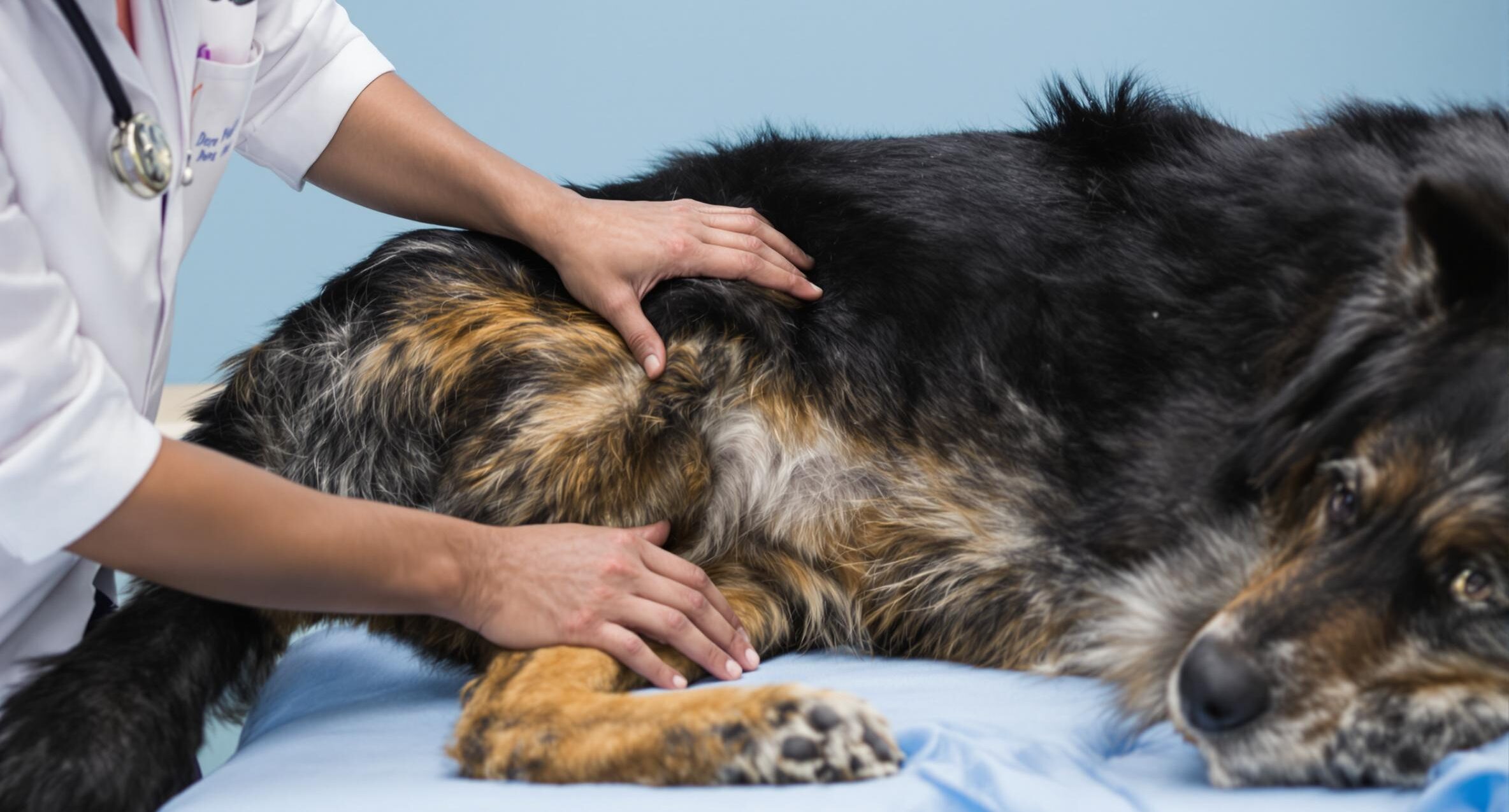How Can You Take a Dog’s Temperature? Step By Step Guide

Key Takeaways
- Checking your dog’s temperature at home is a simple way to catch early signs of illness before they escalate. If anything seems off, reach out to your vet—they’re your best partner in keeping your pup healthy.
- A digital pet thermometer is your go‑to tool for quick, accurate readings. It’s safe, easy to use, and an essential part of any pet parent’s first‑aid kit.
- When you know how to spot signs of fever or a drop in body temperature, you’re better equipped to take the right action and help your pup feel better faster.
Keeping tabs on your dog’s health doesn’t always require a trip to the vet. Sometimes, it starts with a simple temperature check. Whether your dog seems a bit off or you’re doing a routine wellness check, knowing how to take their temperature at home is a skill that can make a big difference.
PetHealthMD offers reliable guidance to help pet owners stay informed and confident about everyday health tasks like this one. Before you start, it’s important to know what a healthy dog’s temperature looks like so you can recognize when something’s off. Make sure to reach out to your veterinarian to help catch problems early and avoid complications, giving your dog the care they need when it matters most.
What Is a Dog’s Normal Temperature Range?
Dogs naturally run warmer than humans; while your body averages 98.6°F, a normal canine temperature ranges between 99.5°F and 102.5°F (37.5°C-39.2°C). In some cases, it may temporarily reach 103.8°F after physical activity, and that’s okay.
A dog’s temperature naturally varies throughout the day due to factors like activity, rest, and weather, so it’s best to measure it when your dog is calm and at rest to establish a baseline for comparison later.
A reading above 102.5°F might also signal a fever, which can point to infection or inflammation. When this happens, observe your dog for other signs of a fever, like lethargy or vomiting. If your dog’s temperature drops below 99°F, they could be too cold. Both scenarios warrant a closer look and, ideally, a conversation with your vet.
How to Take Your Dog’s Temperature in Five Easy Steps
Taking your dog’s temperature is an important part of monitoring their health, and using a digital pet thermometer is the safest and most accurate way to do it. Here’s what you’ll need:
- Digital thermometer for pets
- Water‑based lubricant
- Paper towels or tissues
- Treats for praise and reward
Set your dog up in a calm, quiet area. If possible, have someone help hold and comfort them. Then follow these steps:
- Apply lubricant to the thermometer tip.
- Gently lift your dog’s tail and insert the thermometer about one inch into their rectum, angled slightly upward.
- Speak gently and keep them still until the thermometer beeps.
- Remove the thermometer carefully and clean it with an alcohol wipe.
- Praise your pup and offer a treat.

How to Spot Signs of Fever Without a Thermometer
If you don’t have a thermometer handy, your hands and eyes can offer clues about your dog’s temperature. These methods aren’t exact, but can alert you to a potential problem:
- Feel their belly and inner thighs.
- Touch the base of the ears or paw pads.
- Watch for lethargy or disinterest in play.
- Monitor food and water habits.
These signs can help guide your next steps, but for a confirmed diagnosis, a thermometer or veterinary visit is essential. Contact your vet if your dog shows multiple signs of illness.
Common Temperature‑Taking Mistakes
Even with the right tools, small mistakes can affect accuracy or leave your dog feeling uneasy. Avoid these common errors:
- Skipping prep time.
- Inserting the thermometer incorrectly.
- Using too little lubricant.
- Taking readings after play or exercise.
- Trying it alone without help.
FAQs: How to Safely Take Your Dog’s Temperature
What if my dog keeps moving around during a temperature check?
Ask a friend or family member to help hold your dog still while you comfort them. Keeping the environment calm and rewarding them afterward can make the process smoother.
Is it normal for some dogs to feel warmer than others?
Yes, minor differences in body heat can happen depending on size, breed, age, and coat type. Knowing your dog’s baseline makes it easier to spot unusual changes. When in doubt, consult your veterinarian.
Can I check my dog’s temperature under their armpit or ear instead?
Ear thermometers for pets exist, but rectal readings remain the most accurate method. Your veterinarian can guide you on alternatives based on your dog’s needs.
Should temperature checks be part of my dog’s travel routine?
Yes. Travel introduces new stressors and environmental changes. A quick temperature check can help keep your dog comfortable. Always talk to your vet before traveling.
Make Temperature Checks Part of Your Dog’s Routine
Making temperature checks a regular habit helps you shift from reacting to problems to preventing them. Try incorporating these checks into grooming or bonding time. It’s an easy way to catch early signs of illness.
If your pet has a medical condition or is recovering from surgery, your vet may recommend more frequent checks. Puppies and senior dogs may also benefit from extra monitoring.
Tracking your dog’s temperature alongside hydration, appetite, and energy levels can offer a fuller picture of their health. Keep a simple log or note changes in your phone.
For helpful supplies and wellness products, you can explore the dog health category on 1-800-PetMeds, as well as their dog medications and flea and tick treatments for dogs.
For more tips on pet health monitoring, check out PetHealthMD’s guide to dog parents. Meanwhile, for vet‑approved pet medications delivered to your door, PetCareRx has you covered. If your dog’s temperature seems off, give your vet a call. They’ll help you figure out what’s best for your dog. For trusted pet care essentials, visit the main Dog category on 1-800-PetMeds.





